Rwanda hand-brewed coffee recommended the flavor and taste characteristics of Rwanda bourbon washed coffee beans
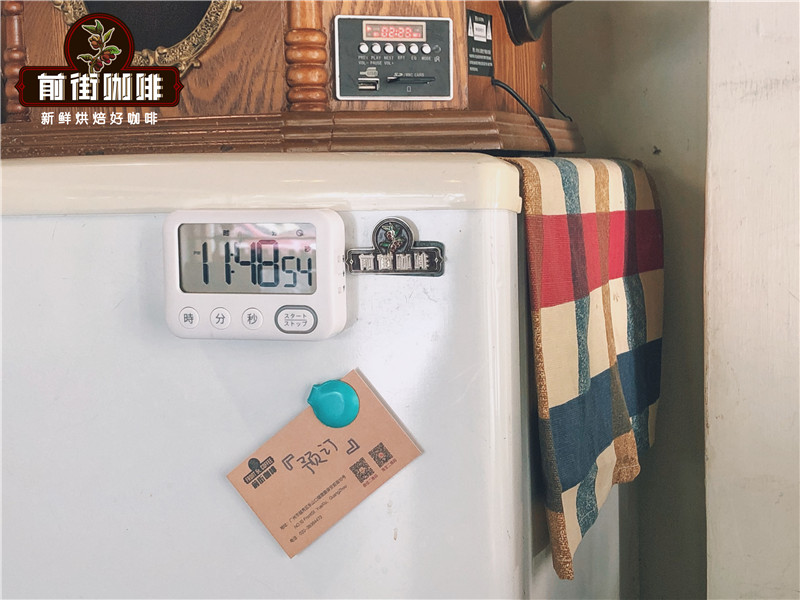
Professional coffee knowledge exchange more coffee bean information please follow the coffee workshop (Wechat official account cafe_style)
When it comes to coffee beans in Africa, the most famous ones must be Ethiopian Yegashafi coffee beans and Kenyan coffee, but in recent years, a single coffee bean from Rwanda has been active in the boutique coffee market. therefore, Qianjie Coffee also purchased this coffee bean to taste, found that the flavor is very good, and will not be too similar to other brands of single coffee beans. Well, in this next article, Qianjie Coffee will come to popularize science and have some related content about Rwandan coffee.
History of coffee in Rwanda
According to Qianjie Coffee, Rwanda is located in the central African region, is a standard landlocked country, neighboring countries are all big coffee producers. At the beginning of the 20th century, Rwanda was successively colonized by Germany and Belgium, and German missionaries were the first to introduce coffee. Coffee production increased significantly during the colonial period, but the exploitation of labor, suppression of the prices of coffee crops and high export taxes made the quality of coffee beans not ideal, which was also a normal phenomenon in the development of commercial coffee at that time.
It was not until the independence of Rwanda and the establishment of the first official coffee organization, OCIR, that coffee bean production was gradually valued. Coffee production in Rwanda continued to grow from the 1960s to 1980s and reached an unprecedented peak in 1986, until the beginning of domestic political instability (the Rwandan genocide) in the early 1990s.
Today, Rwanda has slowly come back to life. It can be said to be an "atypical" African country in terms of urban construction, security, friendliness and cleanliness. Rwanda is currently recognized as the best law and order country in Africa. Rwanda ranks ninth among all cities in the world and is the only African country in the top 10 on the list of the safest countries and destinations in the world in 2017.
Affected by COVID-19 's epidemic this year, coffee sales in Rwanda have undoubtedly been affected a lot. In order to help Rwandan coffee farmers tide over the difficulties, on May 14, Alibaba's first sister Weiya recommended Rwanda Gorilla's coffee beans, which sold a year in a second. This is also enough to see the potential of Rwandan coffee.
Coffee growing environment in Rwanda
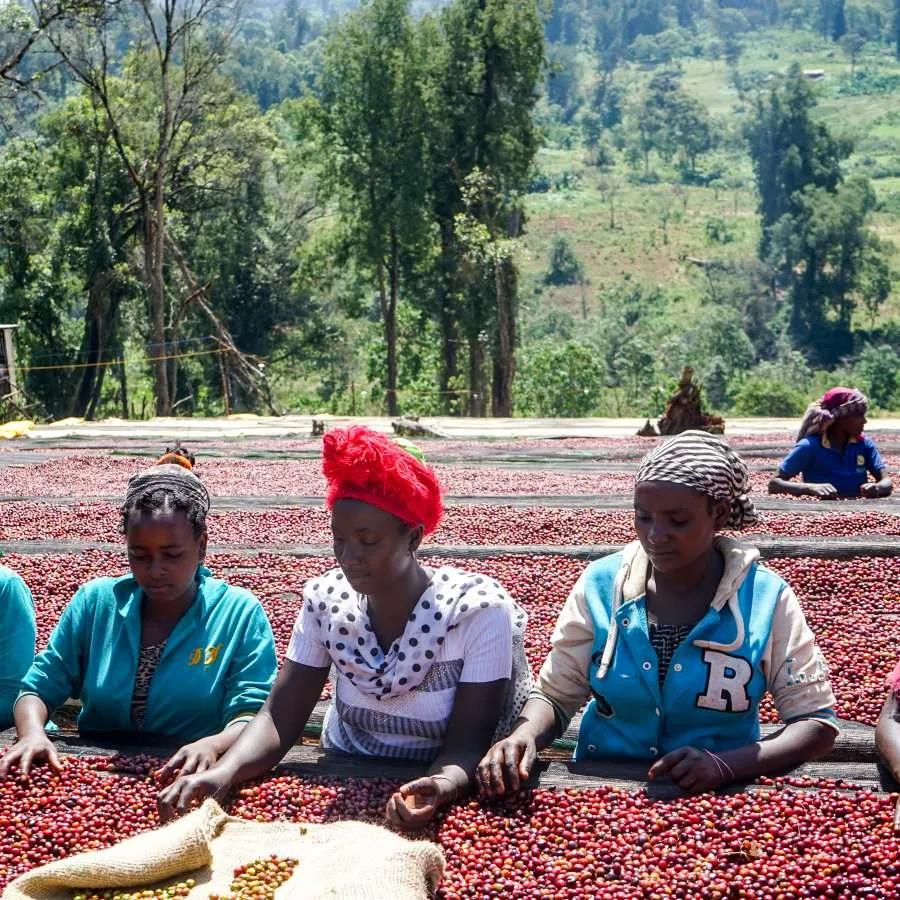
In addition, Rwanda, known as the "country of a thousand hills", has many mountains and plateaus, and most coffee trees are planted on mountains between 1700 and 2000 meters above sea level. Most of Rwanda has a tropical plateau climate and savanna climate, mild and cool. There are about 33000 hectares of coffee plantations and 500000 people are engaged in the coffee industry. Rwanda is the only country in the world that can fully enjoy the harmony between soil, altitude and climate.
Therefore, Qianjie Coffee believes that it is such unique growing conditions that make the coffee beans of Rwanda taste different, with the fresh sweetness of fruit, the fragrance of flowers and the aftertaste of black tea. Secondly, the mode of coffee production in Rwanda is small farmers, not large-scale enterprises. Although it is not as good as the assembly line of large-scale enterprises, the production model of small farmers can focus more on coffee beans.
In addition, Qianjie Coffee was often mentioned in previous articles that the formation of the flavor of a coffee bean is affected not only by the geographical location of the producing area, but also by the variety and treatment of coffee. Then Qianjie Coffee will explain it according to these three major factors that form the flavor of Rwandan coffee.
Coffee producing area of Rwanda
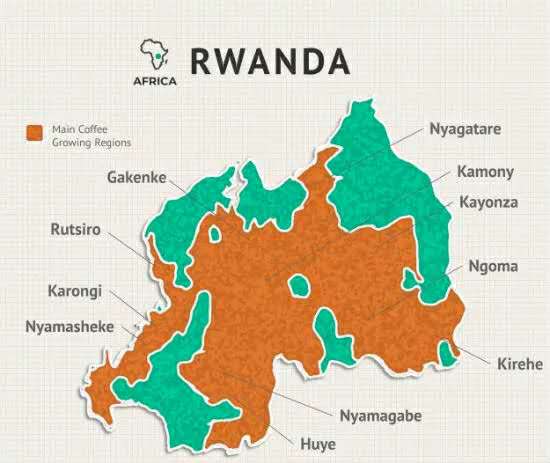
According to Qianjie Coffee, Rwanda's boutique coffee bean producing areas are mainly distributed in the south and west, the Huye mountains and Nyamagabe areas in the south have some floral and citrus flavors due to their high altitude, while the Nyamasheke area on the bank of Lake Kivu in the west is rich in high-quality coffee with rich, aromatic and juicy taste. Although there is little difference in flavor between producing areas, there are still some differences in fine taste. People often ask Qianjie coffee how to distinguish it, and they always think that flavor is very metaphysical. In fact, Qianjie coffee also goes through a lot of flavor cognitive training in order to distinguish the coffee flavor of different producing areas, which takes time, energy and persistence.
Coffee varieties grown in Rwanda
More than 90% of the varieties of Rwandan coffee are bourbon species introduced in the early days, as well as a mixture of the bourbon family, which are resistant to natural disasters. Bourbon coffee was originally planted on the island of Reunion, was introduced to Brazil in 1860, and rapidly expanded northward to the whole of Latin America. After the general coffee tree blossomed and bear fruit, the color of coffee fruit changes from green > to yellowish > to light orange > to mature red > to ripe dark red, so some people call it red bourbon, in fact, red bourbon, that is, what we call bourbon. Bourbon species planted at high altitudes usually have better aroma and brighter acidity.
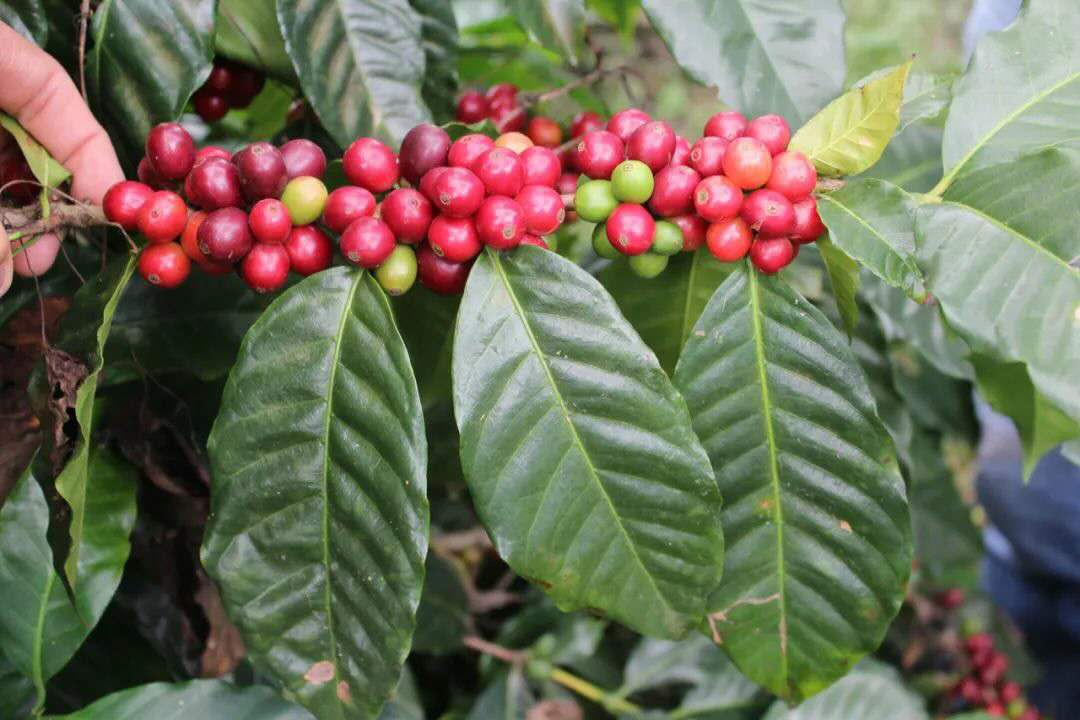
For example, there are several Latin American bourbon beans currently picked in front street coffee, such as Brazilian red bourbon, Brazilian yellow bourbon and Colombian pink bourbon. But now the bourbon advantage of Latin America no longer exists because of poor disease resistance. By contrast, the Rwandan bourbon species still have an advantage, which is one of the reasons why Qianjie Coffee picks up Rwandan beans.
Rwanda coffee bean processing method
At present, coffee beans in Rwanda are mainly treated with water. During the annual harvest period, the ripe coffee fruits picked by farmers are concentrated in the washing plant for processing. And hand-selected to ensure that there is no immature or damaged fruit mixed in. And Qianjie's previous articles often say that washing can best reflect the original flavor of a coffee bean, and its flavor performance will be relatively clean and bright, so this is one of the reasons why Qianjie coffee is introduced into Rwandan coffee.
Washing treatment process:
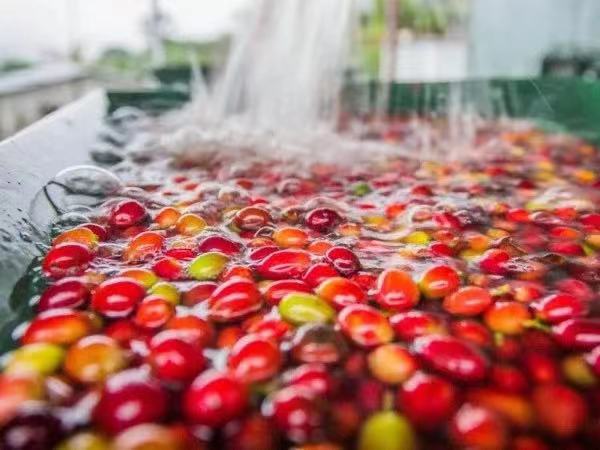
1. Pour the coffee fruit into the water and remove the defective beans by flotation, such as immature, overripe, or sundries.
two。 The selected coffee fruit is peeled by a practical peeling machine to remove the exocarp and pulp, and there is still a layer of pectin on the surface of the coffee fruit, so a lot of water is needed to remove the pectin from the surface of the coffee fruit.
3. The process of removing pectin by fermentation takes about 18 hours, because after the fermentation is completed, the fermentation bacteria still adhere to the surface of the coffee fruit, so you need to wash with a lot of water again, like this step. To get 1 kilogram of coffee beans requires 40 to 50 kilograms of water, which Qianjie thinks is a very large number, so it also limits the reason why washing treatment can not be used in some areas.
4. Washed coffee beans can be dried, some areas will be directly taken to dry outside, if there is equipment, some treatment plants will use machines to dry, so that the water content of coffee can be reduced to about 11%. The endocarp and silver peel can be removed with a sheller.
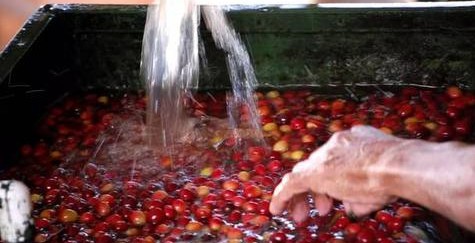
According to Qianjie, in the short period of more than 20 years of coffee development in Rwanda, the number of washing stations has increased from 2 to 220. It is now all private, that is, owned by exporters or farmers' cooperatives. Due to the small average area of farmland (less than 200 coffee trees per farm), about 50 to 100 farms are served at each station. NAEB employs 200 botanists and cup surveyors to regularly check quality at washing stations and educate farmers about soil management, organic planting, pruning, disinfestation and picking.
Next, the Rwandan coffee bean that will be introduced in front of the street coffee is the coffee bean from the most famous Gesak water treatment plant in Rwanda.
Front Street Coffee Gesak Coffee beans
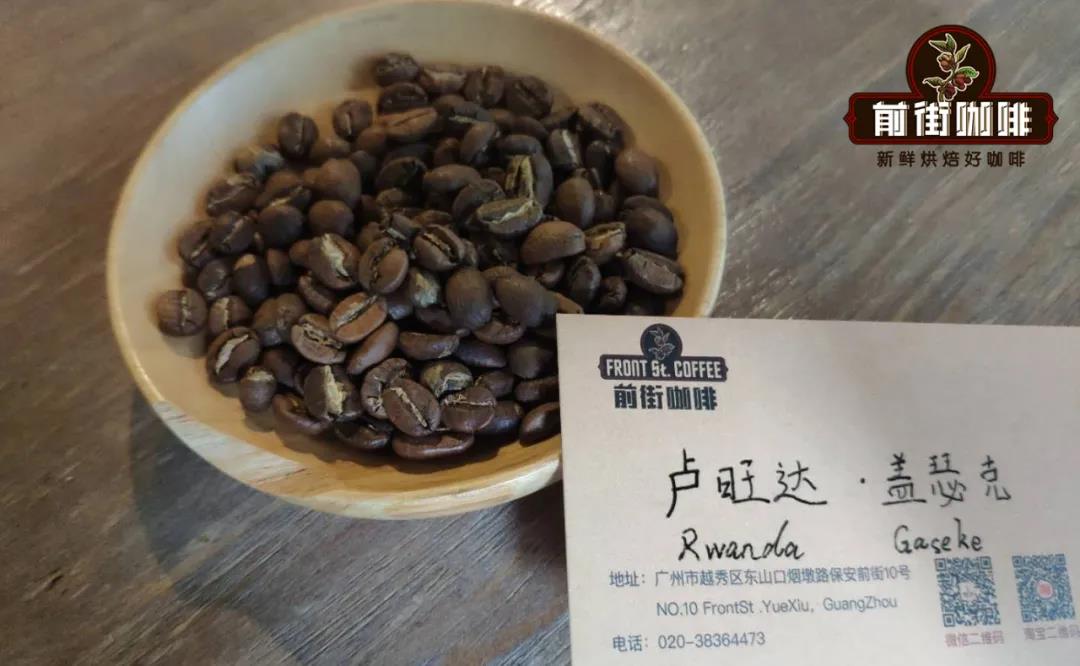
Country: Rwanda
Producing area: Nyamasheke region of western Rwanda
Altitude: 1700-200m
Variety: bourbon, Kaddura, Kaduai
Treatment: washing treatment
Flavor: plums, oranges, berries, nuts, bright acidity, sweet finish with honey.
Gassek washing processing plant
According to Qianjie Coffee, the owner of the Guysek water treatment plant, Fidele Ndagijmana, a young trader in Nyamasheke, applied to the government to build the processing plant because he saw the development potential of Rwanda's fine washed coffee and successfully processed 170t of coffee fruit in the first year. Then use the off-season to improve and expand the production equipment, which can provide better production machines and better storage environment when the next harvest season comes. the excellent trader also won himself more land near the processing plant to grow coffee. And this has laid a solid foundation for the quality of this Gesak coffee bean.
On the other hand, Qianjie coffee will do a lot of roasting and brewing tests before each new coffee bean is put on the shelves, such as this Rwandan Gesak coffee bean. Next, Qianjie Coffee will share with you the roasting and brewing data of this coffee bean.
Suggestion on coffee baking in Qianjie
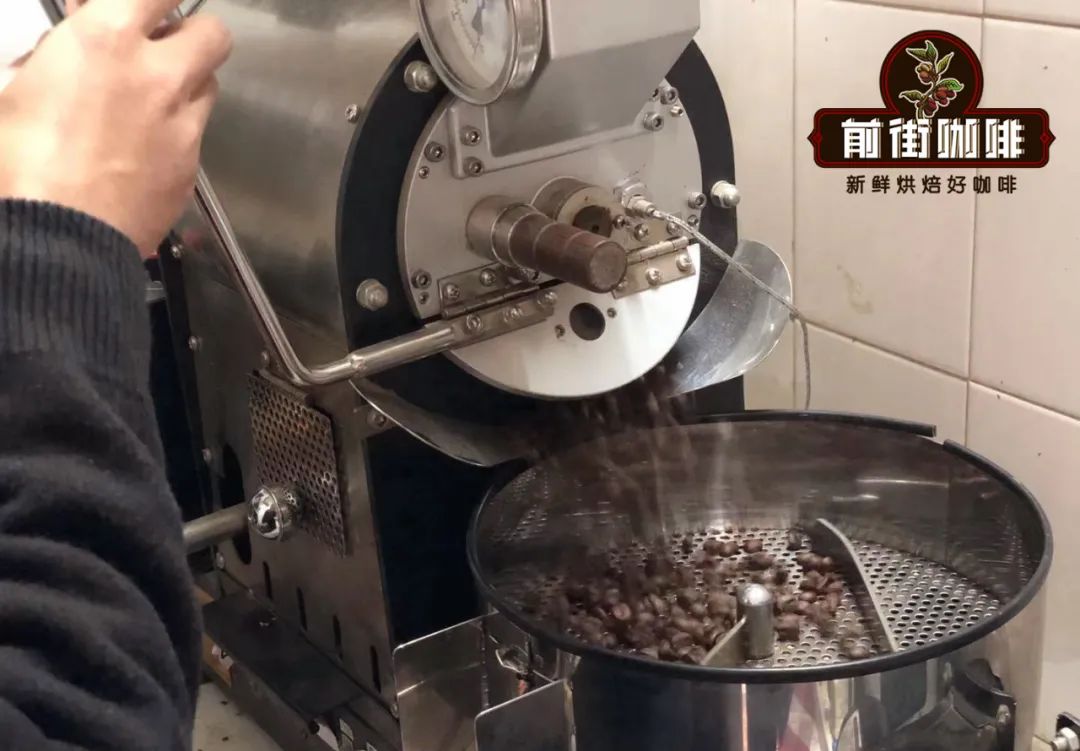
In order to highlight the flavor, Qianjie Coffee is recommended for medium and light roasting because of the fresh acidity of Rwandan coffee beans. The deeper the baking, the more acidity of the fruit will be lost. Yangjia 800N bean 550g: furnace temperature 175 ℃, firepower 120, throttle open 3; temperature recovery point 1: 39 ℃, throttle open to 4, firepower rises to 140; when furnace temperature is 151 ℃, the bean table turns yellow, the smell of grass disappears completely, and enters the dehydration stage. The smell of toasted bread has obviously changed to the smell of coffee, which can be defined as a prelude to an explosion. At this time, it is necessary to listen carefully to the sound of the explosion point. The sound of the explosion point starts to explode at the time of the explosion, the throttle door opens to 5, and after the explosion, the development of the pot is 190.6 ℃.
Qianjie coffee hand flushing parameters:
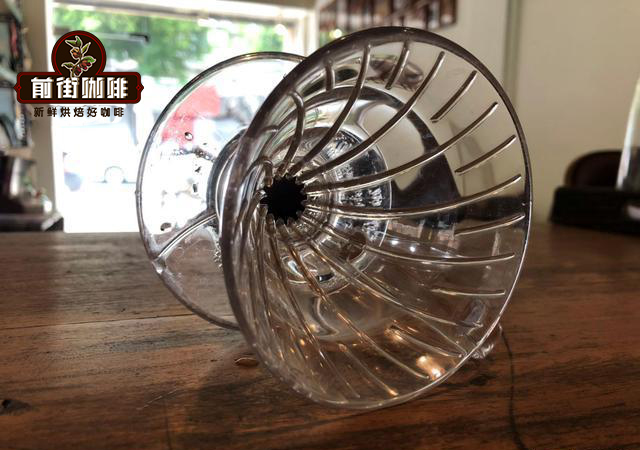
Filter cup V60
Water temperature 90 ℃
15 grams of powder
Powder to water ratio at 1:15
Grindability BG#6m (pass rate of Chinese standard No. 20 screen is 80%)
The first stage is steamed with 30 grams of water for 30 seconds, the second small flow is injected around the circle to 125 grams, and the water level is about to be exposed when the powder bed is about to be exposed, continue to inject the third stage to 225 grams and then stop the water injection. remove the filter cup when the water level is about to be exposed to the powder bed, and the total extraction time is 2 minutes. The tapered V60 filter cup increases the coffee layer, and the powder-water ratio at 1:15 increases the alcohol content and sugar content of the coffee. Step-by-step water injection makes the coffee extraction time not too short, and can be adjusted according to the front, middle and back segments.
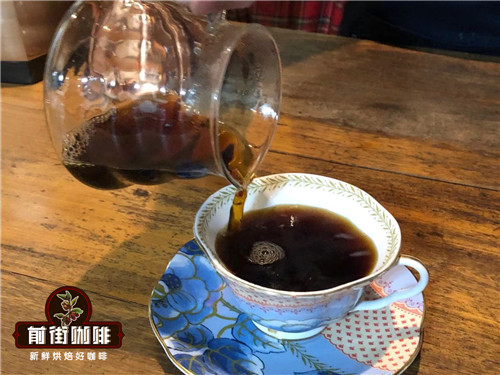
Rwandan cooking flavor: obvious acidity, nuts, overall balance and smoothness.
The above is some knowledge about Rwanda coffee sorted out by Qianjie Coffee. I hope it can help you know more about coffee in this area so that you can choose coffee beans that suit your taste in the future.
For more boutique coffee beans, please add private Qianjie coffee on Wechat. WeChat account: kaixinguoguo0925
Important Notice :
前街咖啡 FrontStreet Coffee has moved to new addredd:
FrontStreet Coffee Address: 315,Donghua East Road,GuangZhou
Tel:020 38364473
- Prev
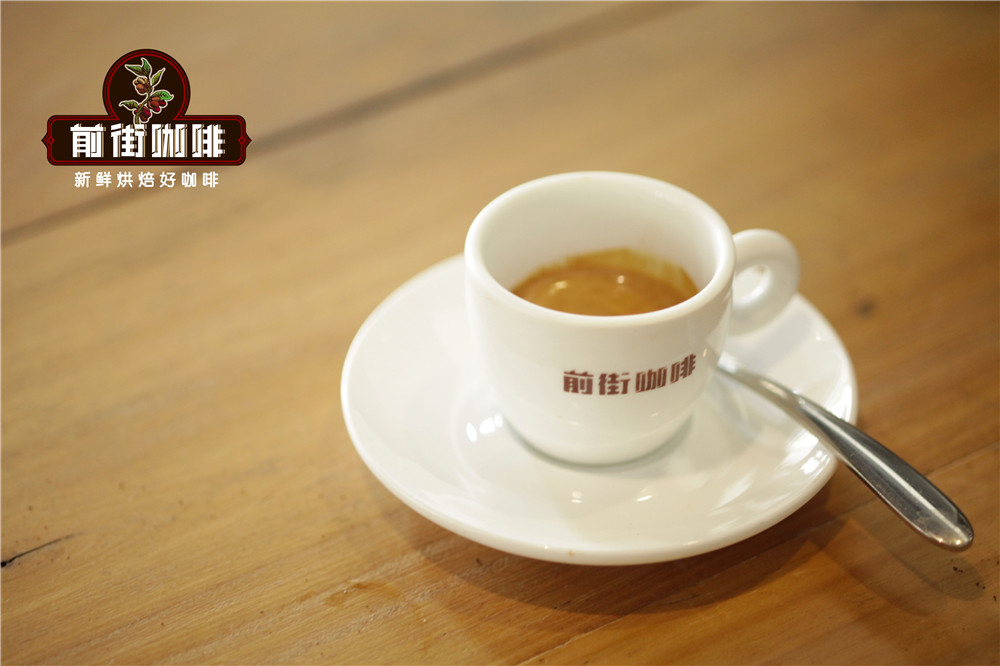
Which tastes better between Golden Manning and Italian Coffee the flavor and taste characteristics of Indonesian Sumatra coffee beans
Professional coffee knowledge exchange more coffee bean information please follow the coffee workshop (Wechat official account cafe_style) Manning or Italian which tastes better? When I saw this topic for the first time, I must have thought that this beginner in the novice would ask such a nonsense question. Manning is a kind of bean.
- Next

Description of flavor and taste of coffee beans in the Arona Valley of Papua New Guinea
Professional coffee knowledge exchange more coffee bean information please follow the coffee workshop (Wechat official account cafe_style) from the Asia-Pacific region of Papua New Guinea Arona Valley coffee beans, the same choice is elegant brewed ice drink. This bean has a strong herbaceous flavor with a slightly astringent taste; compared with Rwanda, which has outstanding acidity, the mellowness is higher and the acidity of berries is higher.
Related
- Detailed explanation of Jadeite planting Land in Panamanian Jadeite Manor introduction to the grading system of Jadeite competitive bidding, Red bid, Green bid and Rose Summer
- Story of Coffee planting in Brenka region of Costa Rica Stonehenge Manor anaerobic heavy honey treatment of flavor mouth
- What's on the barrel of Blue Mountain Coffee beans?
- Can American coffee also pull flowers? How to use hot American style to pull out a good-looking pattern?
- Can you make a cold extract with coffee beans? What is the right proportion for cold-extracted coffee formula?
- Indonesian PWN Gold Mandrine Coffee Origin Features Flavor How to Chong? Mandolin coffee is American.
- A brief introduction to the flavor characteristics of Brazilian yellow bourbon coffee beans
- What is the effect of different water quality on the flavor of cold-extracted coffee? What kind of water is best for brewing coffee?
- Why do you think of Rose Summer whenever you mention Panamanian coffee?
- Introduction to the characteristics of authentic blue mountain coffee bean producing areas? What is the CIB Coffee Authority in Jamaica?

